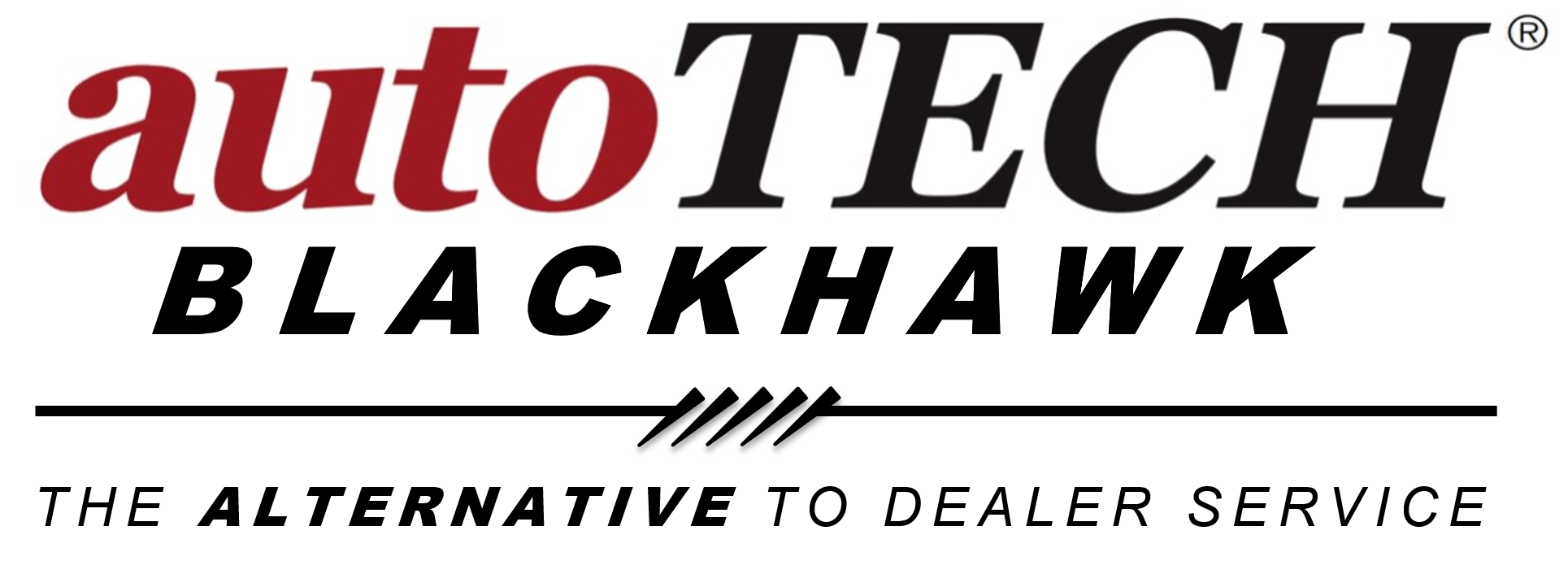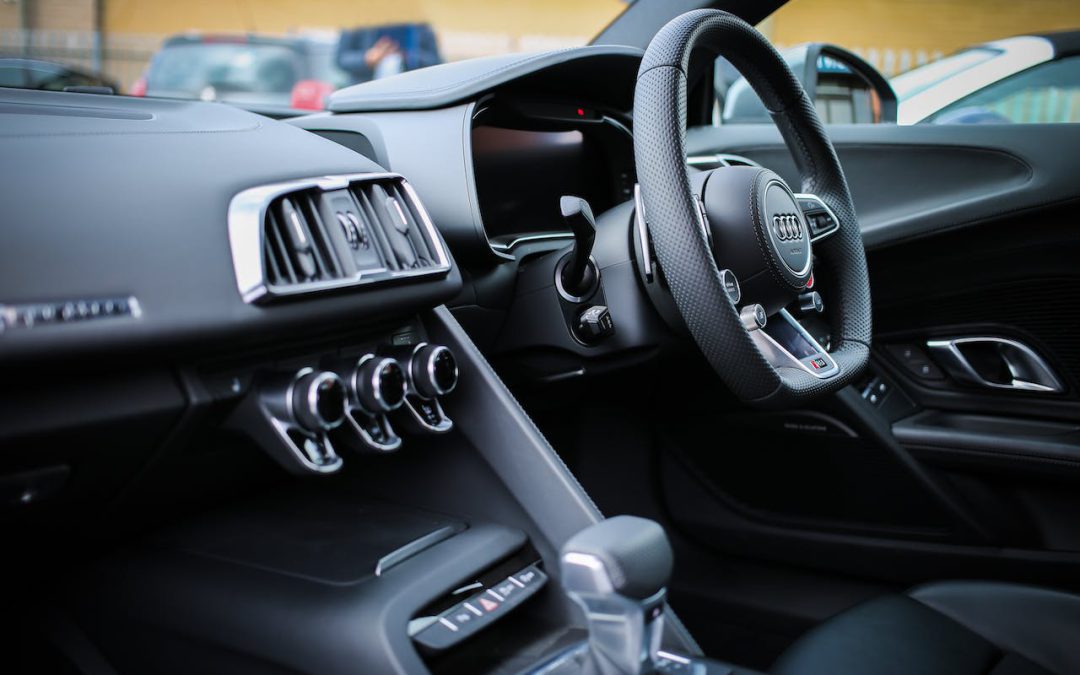Passing a car emissions test is an important requirement for vehicle owners, especially in areas with stringent air quality standards. These tests ensure that vehicles on the road are not contributing excessively to air pollution. Failing an emissions test can result in expensive repairs, re-testing fees, and potential fines. To help you navigate this process successfully, this comprehensive guide will provide you with the top 10 tips to pass your car emissions test on the first try.
Tip 1: Maintain Regular Vehicle Servicing
Regular vehicle maintenance is essential to keep your car running efficiently and to ensure it meets emission standards. This includes scheduled servicing such as oil changes, air filter replacement, spark plug inspection, and other necessary checks.
Key Maintenance Tasks
- Oil Changes: Changing the oil regularly keeps the engine lubricated, reduces friction, and minimizes the production of pollutants.
- Air Filter Replacement: A clean air filter ensures proper air intake, which is crucial for the correct air-fuel mixture and efficient combustion.
- Spark Plug Inspection: Faulty spark plugs can cause incomplete combustion, leading to higher emissions. Regularly inspect and replace them if necessary.
- Fluid Levels Check: Ensure all fluids, including coolant, brake fluid, and transmission fluid, are at appropriate levels.
Benefits
- Improved Engine Performance: Regular maintenance keeps your engine performing at its best, which in turn helps in reducing emissions.
- Reduced Emissions: Well-maintained engines produce fewer pollutants, making it easier to pass the emissions test.
- Cost Savings: Preventive maintenance can prevent expensive repairs and potential re-testing fees.
Tip 2: Use Fuel Additives
Fuel additives can be beneficial in cleaning your engine’s internal components, such as fuel injectors, intake valves, and combustion chambers. These additives help remove carbon deposits that can lead to increased emissions.
Types of Fuel Additives
- Injector Cleaners: These additives clean the fuel injectors, ensuring a proper spray pattern and better fuel atomization.
- Combustion Chamber Cleaners: Help remove carbon buildup in the combustion chamber, improving combustion efficiency.
- Complete Fuel System Cleaners: All-in-one products that clean the entire fuel system, including injectors, combustion chambers, and intake valves.
How to Use Fuel Additives
- Follow Instructions: Add the recommended amount of additive to a full tank of gasoline as per the manufacturer’s instructions.
- Regular Use: Use additives periodically, typically every few thousand miles, to maintain engine cleanliness.
Benefits
- Enhanced Fuel Efficiency: Clean fuel injectors and combustion chambers improve fuel efficiency.
- Lower Emissions: Removing carbon deposits helps reduce the emission of pollutants.
- Smooth Engine Performance: Clean engine components contribute to smoother operation and better overall performance.
Tip 3: Ensure Proper Tire Inflation
Properly inflated tires contribute to optimal fuel efficiency and lower emissions. Underinflated tires increase rolling resistance, making the engine work harder and produce more emissions.
Checking Tire Pressure
- Use a Tire Gauge: Regularly check tire pressure with a reliable gauge.
- Follow Manufacturer’s Recommendations: Inflate tires to the recommended pressure levels, which can be found in the owner’s manual or on the driver’s side door jamb.
- Check When Cold: Measure tire pressure when the tires are cold for accurate readings.
Benefits
- Improved Fuel Economy: Properly inflated tires reduce rolling resistance, leading to better fuel economy.
- Enhanced Safety: Proper tire pressure ensures better handling and braking performance.
- Lower Emissions: Reduced engine load leads to fewer emissions.
Tip 4: Inspect and Replace the Air Filter
A clean air filter ensures an adequate air supply to the engine, promoting efficient combustion. A clogged air filter restricts airflow, leading to an imbalanced air-fuel mixture and higher emissions.
Air Filter Maintenance
- Regular Inspection: Check the air filter during routine maintenance.
- Replacement Schedule: Replace the air filter every 12,000 to 15,000 miles or as recommended by the vehicle manufacturer.
- Visual Check: A visibly dirty or damaged air filter should be replaced immediately.
Benefits
- Optimal Airflow: A clean air filter ensures the engine gets enough air for efficient combustion.
- Improved Performance: The engine runs more smoothly with a proper air supply.
- Reduced Emissions: Efficient combustion lowers pollutant levels.
Tip 5: Check and Replace Spark Plugs
Spark plugs are critical for igniting the air-fuel mixture in the engine. Worn or faulty spark plugs can cause incomplete combustion, increasing emissions of hydrocarbons and carbon monoxide.
Spark Plug Maintenance
- Regular Inspection: Inspect spark plugs during scheduled maintenance.
- Replacement Schedule: Replace spark plugs every 30,000 to 50,000 miles, or as recommended by the vehicle manufacturer.
- Check for Wear and Tear: Look for signs of wear, such as a worn electrode or deposits on the spark plug.
Benefits
- Efficient Combustion: Good spark plugs ensure complete combustion, reducing emissions.
- Improved Fuel Economy: Efficient combustion leads to better fuel efficiency.
- Lower Emissions: Complete combustion reduces the emission of pollutants.
Tip 6: Maintain the Exhaust System
The exhaust system, including the catalytic converter, muffler, and pipes, plays a vital role in controlling emissions. Ensuring this system is in good condition is essential for passing an emissions test.
Exhaust System Maintenance
- Regular Inspection: Check the exhaust system for leaks, damage, or rust.
- Catalytic Converter: Ensure the catalytic converter is functioning properly, as it converts harmful gases into less harmful emissions.
- Muffler: A damaged muffler can affect emissions and noise levels.
Benefits
- Effective Emission Control: A well-maintained exhaust system reduces pollutant emissions.
- Improved Engine Performance: A clear exhaust path helps the engine run efficiently.
- Noise Reduction: A functioning muffler reduces engine noise.

Tip 7: Use the Correct Engine Oil
Using the right engine oil is crucial for engine performance and emissions control. The wrong oil can lead to increased friction and wear, reducing engine efficiency and increasing emissions.
Choosing the Right Oil
- Manufacturer’s Recommendations: Always use the oil grade specified in the owner’s manual.
- Synthetic Oils: Consider using synthetic oils, which often provide better protection and performance.
- Regular Changes: Change the oil and oil filter as recommended by the vehicle manufacturer.
Benefits
- Reduced Friction: Proper oil reduces engine friction, improving efficiency.
- Enhanced Protection: The right oil protects engine components, extending their life.
- Lower Emissions: Efficient engine operation results in fewer emissions.
Tip 8: Warm Up Your Car Before the Test
Cold engines emit more pollutants due to incomplete combustion. Warming up your car before an emissions test ensures the engine reaches optimal operating temperature, reducing emissions.
How to Warm Up Your Car
- Drive for 20-30 Minutes: Before the test, drive your car for 20-30 minutes to ensure it’s fully warmed up.
- Avoid Short Trips: Short trips do not allow the engine to reach optimal temperature.
Benefits
- Optimal Combustion: A warm engine burns fuel more efficiently.
- Reduced Pollutants: Warm engines produce fewer pollutants.
- Accurate Test Results: Ensuring the engine is warm provides a more accurate emissions reading.
Tip 9: Address Check Engine Light Issues
The check engine light indicates a problem with your vehicle’s systems, which can lead to increased emissions. Ignoring this light can result in an automatic failure of the emissions test.
Diagnosing Check Engine Light
- OBD-II Scanner: Use an OBD-II scanner to read the diagnostic trouble codes (DTCs) when the check engine light is on.
- Professional Diagnosis: Have a professional mechanic diagnose and fix the issues indicated by the DTCs.
Benefits
- Timely Repairs: Addressing issues promptly prevents them from worsening.
- Improved Emissions: Fixing problems indicated by the check engine light reduces emissions.
- Pass the Test: Ensuring the check engine light is off increases the chances of passing the emissions test.
Tip 10: Ensure Proper Functioning of the Catalytic Converter
The catalytic converter is crucial for reducing harmful emissions. A malfunctioning catalytic converter can lead to higher emissions and an automatic test failure.
Catalytic Converter Maintenance
- Regular Inspection: Check the catalytic converter for physical damage and functionality.
- Address Engine Problems: Engine issues, such as misfires, can damage the catalytic converter.
- Replacement: Replace a faulty catalytic converter to ensure it’s effectively reducing emissions.
Benefits
- Effective Emission Reduction: A functioning catalytic converter significantly reduces harmful emissions.
- Improved Engine Performance: A properly working catalytic converter helps the engine run smoothly.
- Compliance: Ensures the vehicle complies with emissions regulations.
Conclusion
Passing an emissions test on the first try is achievable with proper vehicle maintenance and preparation. By following these top 10 tips, you can ensure your car is in optimal condition, reducing emissions and improving overall performance. Regular servicing, using the right products, and addressing any issues promptly not only help you pass the test but also contribute to a cleaner environment and longer vehicle life. Keep these tips in mind, and you’ll be well on your way to a successful emissions test.
Are You Facing Car Emissions Test Failures?
Experience the unparalleled expertise of autoTECH Blackhawk in addressing car emissions test failures. Why choose autoTECH Blackhawk for resolving your emissions test issues? Our hallmark is our unwavering commitment to building lasting relationships with our customers, a crucial aspect in the complex domain of car emissions systems and their maintenance. This commitment is the cornerstone of our tailored service, guaranteeing that our emissions test solutions are precisely tailored to meet your individual needs and objectives for your vehicle’s performance and reliability.
Whether you’re troubleshooting a failed emissions test, dealing with your car’s emissions failures, ensuring the compliance of your family car, or seeking expert advice on any emissions system anomalies, autoTECH Blackhawk stands as your reliable ally. We are proud of our industry-leading 3-year/36,000-mile warranty and our promise to utilize only Original Equipment and manufacturer-recommended parts, assuring your complete satisfaction with our emissions test failure solutions. Don’t hesitate to contact our friendly team today to schedule a convenient and contactless consultation for your car’s emissions test needs!


